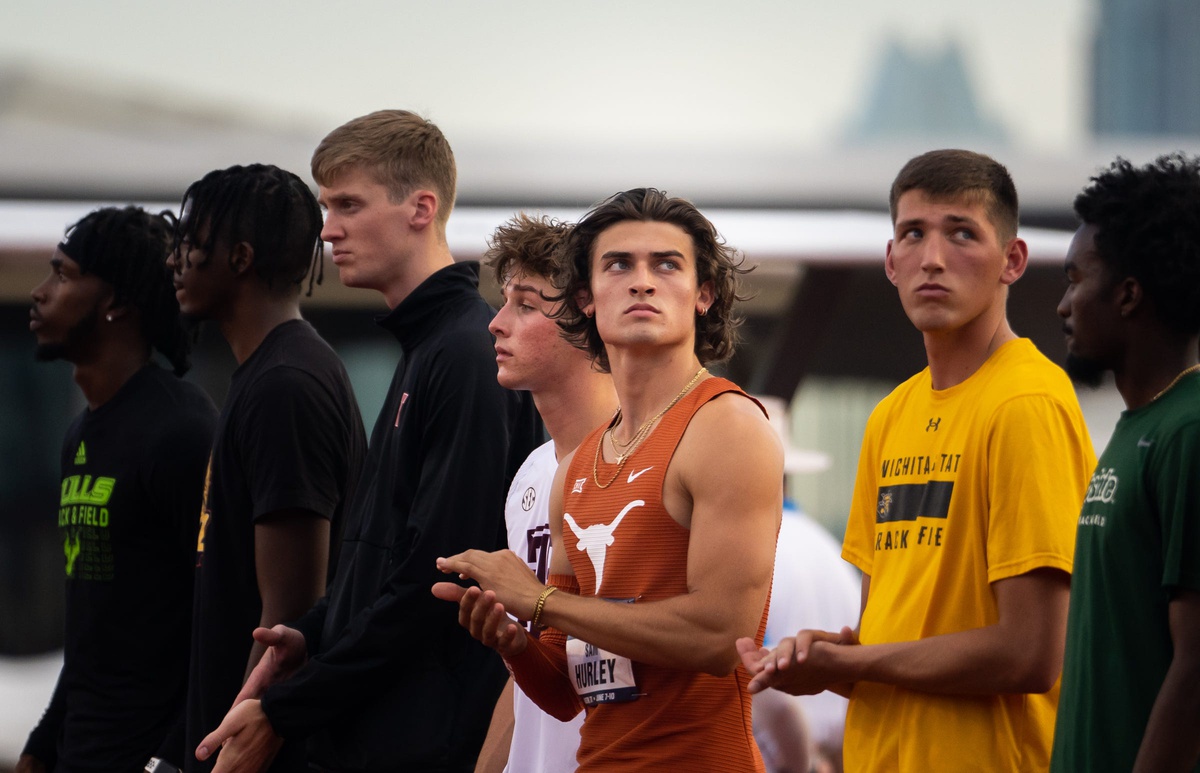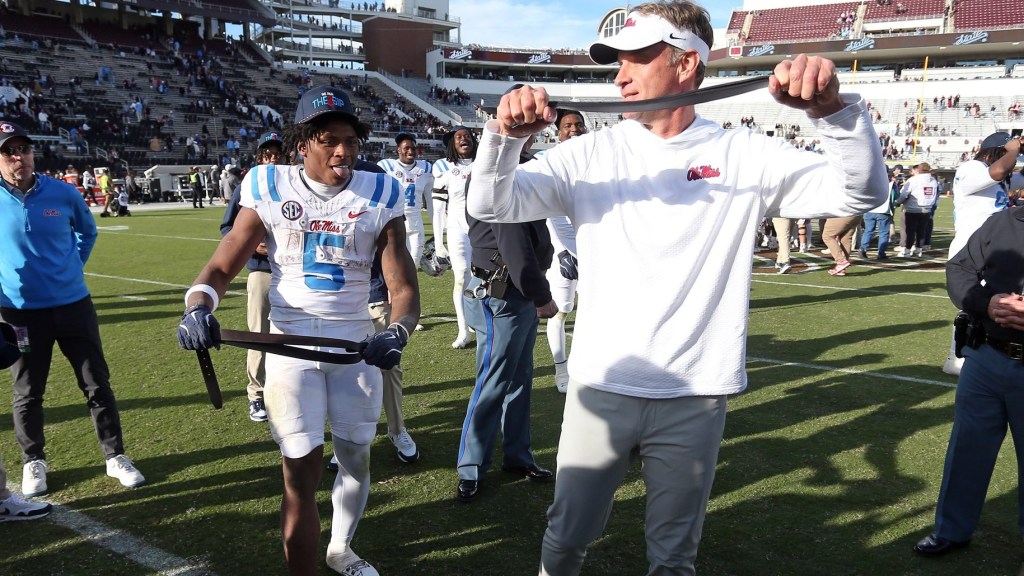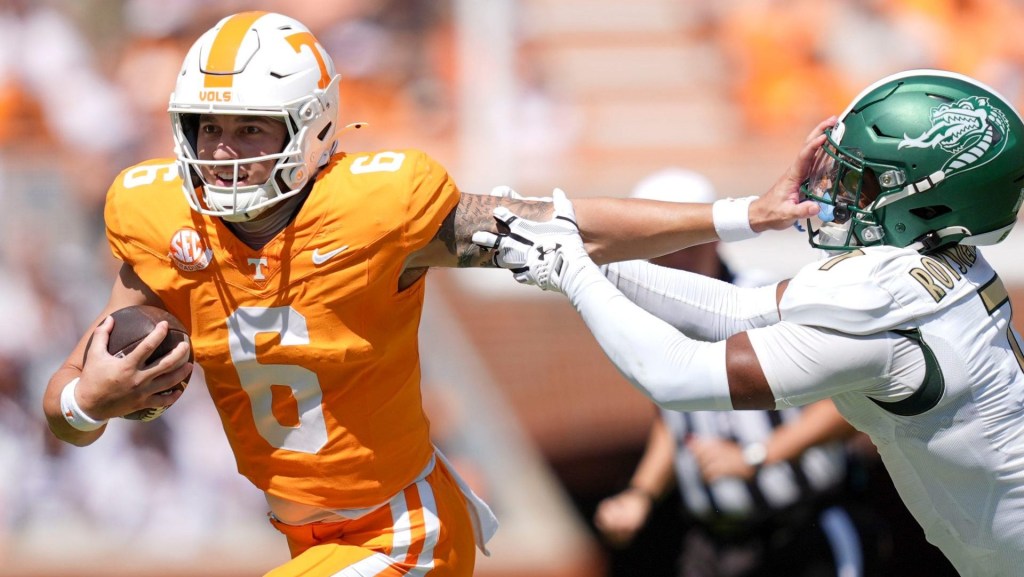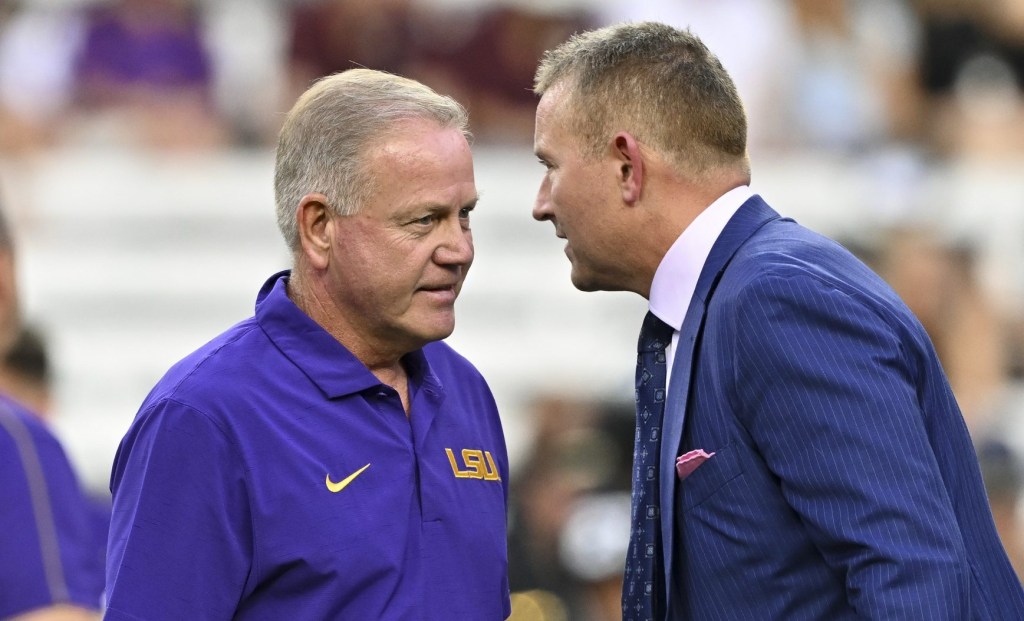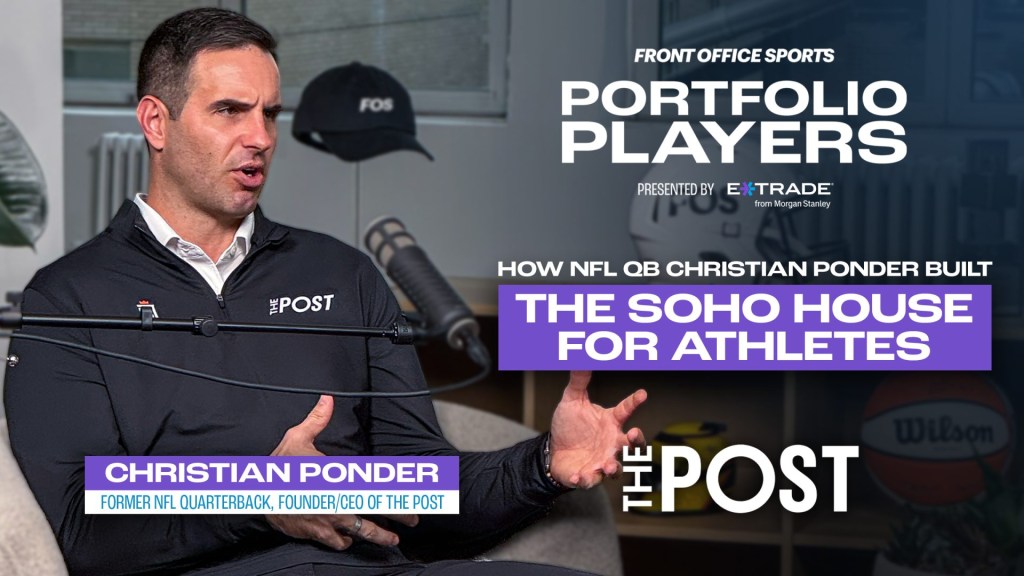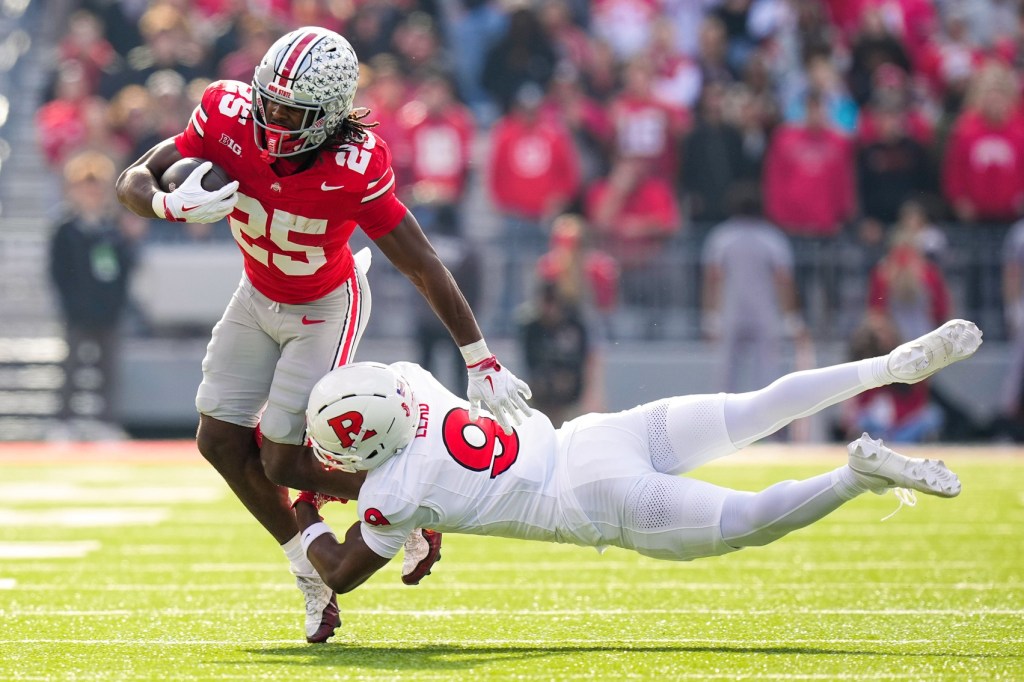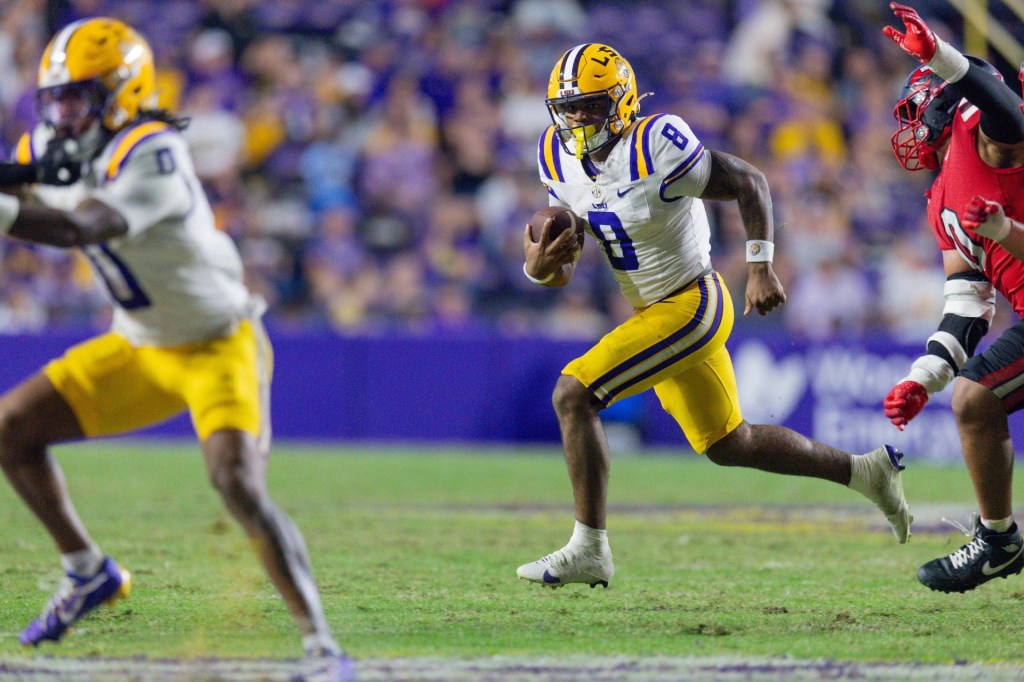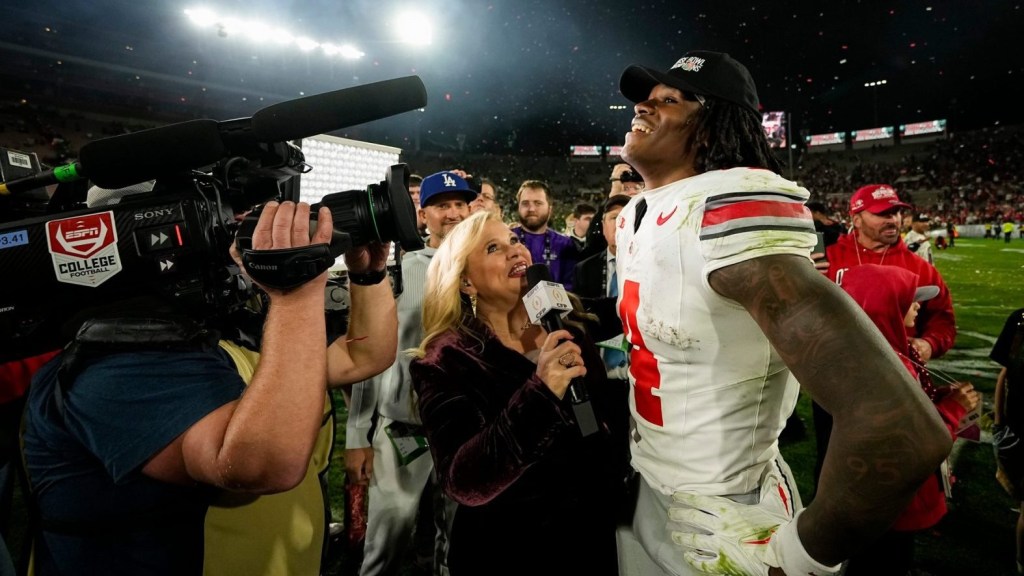As part of the landmark House v. NCAA settlement, starting July 1, colleges can share up to $20.5 million annually with their athletes, an amount expected to increase by about 4% each year.
Texas and Texas Tech, for instance, said they plan to allocate roughly 75% to football—likely a common model for big schools where football (and basketball) programs are the most lucrative.
However, many sports programs—such as track and field, softball, volleyball, and golf—often operate at a net-loss, and name, image, and likeness (NIL) deals for those athletes are harder to come by. And even though the $20.5 million doesn’t have to be equitably distributed among all sports within an athletic department, it will at least guarantee some cash flow to athletes in smaller sports.
Before revenue sharing, an NIL collective’s discretion was the only way for athletes to profit from their sport outside of brand deals. But sometimes they get the short end of the stick. Texas track and field star Sam Hurley notched several wins and numerous top-fives in combined events during his four years in Austin. Even for Hurley, who has built a huge social media following with more than 4.5 million followers across Instagram and TikTok and brought attention to the school, NIL collectives can leave athletes with no return.
“The [Texas] One Fund definitely benefits certain athletes for sure. Unfortunately, not every student athlete,” he told host Deja Kelly on the Front Office Sports series Nilosophy. “I’ve never received anything from One Fund. But I know a lot of people have, and I know definitely football. I mean, that’s the breadwinner. So I understand that.” (Hurley told FOS he entered the transfer portal, so won’t be at Texas next year.)
In some cases, the revenue-sharing model could offer players in these Olympic sports income they didn’t get from NIL collectives. In Texas Tech’s example, about $920,000 (4.5% of cap) will be allocated to sports outside of football, men’s and women’s basketball, and baseball.
The rise in softball’s popularity might incentivize schools to offer more money to players as the sport grows—a decision that could help give a boost to the sports programs stuck in college football’s shadow.
“Just a couple people that might get some collective money on track, but 99% don’t,” Hurley said. “But that’s also like part of the downside of NIL, it’s not fair… And, I mean, I’m in a sport that’s not a big money sport. It kind of sucks that we’re not getting paid the millions of dollars that football is. But at the same time, it’s like football just makes the money for the One Fund. I can’t argue because I get it.”
